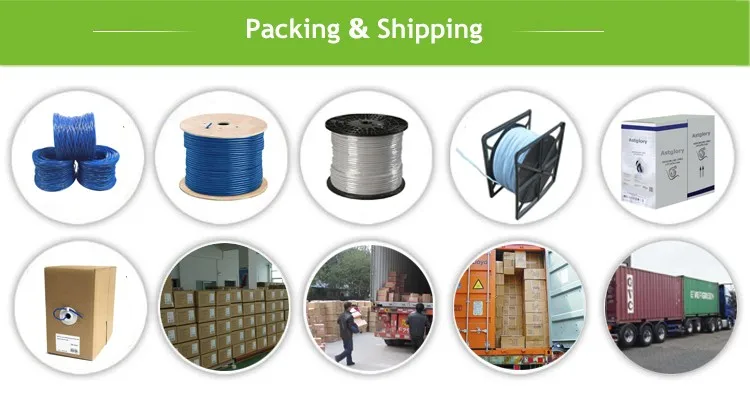

A completely unshielded cable has a delay of around five nanoseconds per meter, so going the maximum suggested 328 feet/100 meters would create a delay of 500 nanoseconds or 0.0000005 seconds. Signals travel through Ethernet cables very, very quickly. Fitbit Versa 3ĭo Ethernet cables lose speed the longer they are? The same cable can handle 40 Gbps across 164 feet. For instance, if you need a 100 Gbps connection, a Cat 7 cable will work, but it’s limited to 49 feet. Range is another important factor to keep in mind, which defines how far a single cable can sustain the maximum data rate.

Cat 6 cables introduced a foil layer to reduce interference-these and newer cables are marked as “shielded.” Ethernet cables use twisted copper wire pairs, so they’re subject to electromagnetic interference that can disrupt the data flow. Shielding is important too, so keep that feature in mind. When you’re shopping for an Ethernet cable, the category should be the first box you check off. A Cat 7 cable, for instance, is a seventh-generation cable capable of 10 Gbps across 328 feet. The number denotes the generation-the higher the number, the newer the cable. This information is important to know because Ethernet cables of different categories support different speeds.Ī category defines the amount of bandwidth (in megahertz) a cable can handle, its maximum data rate over a specific distance, and the shielding it uses. So how do you know which cable to use since they all look identical? The cable’s category (or Cat) type is usually printed on the outside. But if your internet connection is greater than 100 Mbps, use a Cat 5e or newer cable instead. If your internet connection is 100 Mbps or less, you can use a Cat 5 cable. At some point, speaking to everyone in a crowd can become tiring and burdensome, slowing it down.

Think of your router as a dedicated computer with a brain that communicates with each device. You’re at the mercy of your internet plan and router, which can handle only so much traffic. One thing to keep in mind is that no connection is without issues, whether you’re using Ethernet or Wi-Fi. A wired connection helps alleviate these issues and provides a consistent streaming experience from start to finish. Because Wi-Fi signals fluctuate based on interference and range, you may see the stream dip to HD to compensate or, in some cases, visually fragment due to slow speeds. HBO Max alone requires a data rate of 50 Mbps to stream UHD content. You can always place your router next to your streaming device, if possible, to reduce the cable length.
.jpg)
Devices like Apple TV, smart TVs, Blu-ray players, some Roku players, and more include Ethernet ports. The cables are ugly, sure, but your streaming experience won’t suffer due to heavy local Wi-Fi traffic or range. Recommendation: Use Ethernet when possible for streaming, especially if you experience long load times.Įthernet provides consistent speeds across a long range. Here are a few examples of Ethernet adapters for mobile devices: They’re bulky and annoying, sure, but if you’re willing to compromise mobility for bandwidth, they can be surprisingly inexpensive. You can add Ethernet (RJ45) connectivity by using a USB adapter. On smartphones, tablets, and thin-and-light laptops, a bulky Ethernet port makes no sense. Desktops and game consoles typically ship with an Ethernet port, with the exception of the Nintendo Switch-but you can add Ethernet connectivity to the Switch dock by purchasing a USB-based dongle. Your device needs a dedicated RJ45 port to tether it to a network physically. You can even purchase a stove, microwave, refrigerator, and more with wireless connectivity.Įthernet is not quite so compatible. That includes desktops, laptops, game consoles, mobile devices, Internet of Things (IoT) devices, set-top boxes, and so on. Most computing devices now ship with wireless connectivity. Compatibility is where Wi-Fi trumps Ethernet.


 0 kommentar(er)
0 kommentar(er)
